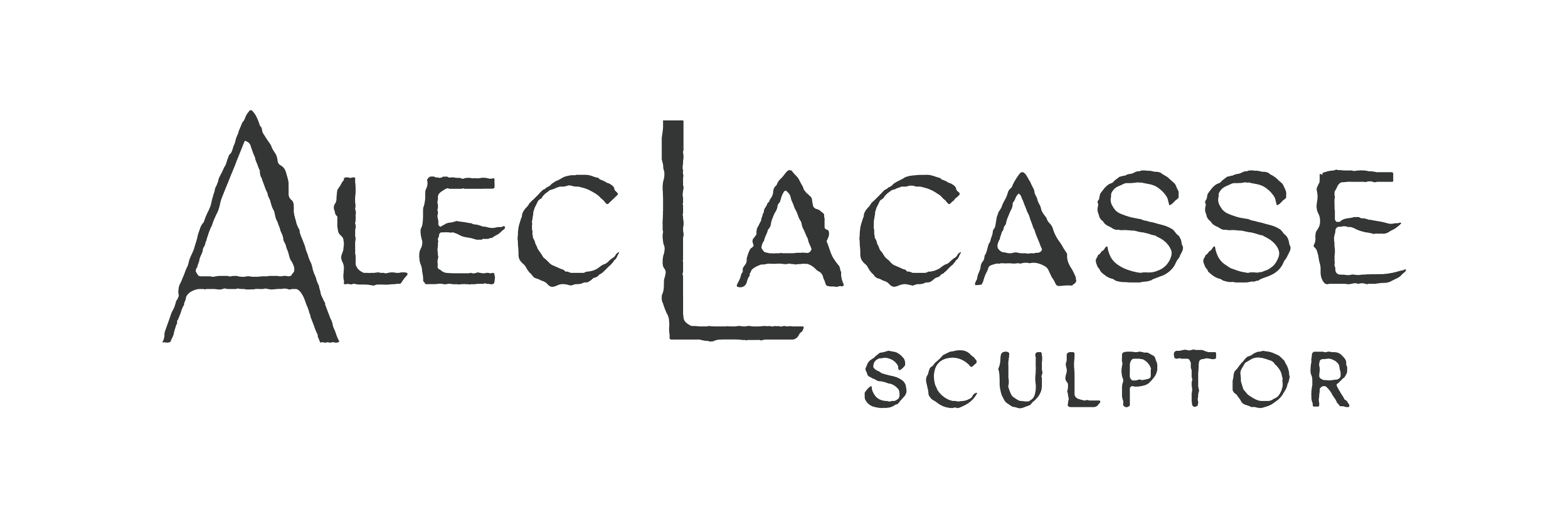Pricing Carvings - The Dutch Auction
Pricing is something I hear folks complain about more than anything else in the carving world. I hear phrases like “it’s just not worth my time to sell” or “If I look at how much I actually made, it’s less than minimum wage” more often than you could imagine. And every time I hear statements like “I can’t get what I’m worth for this carving project” I cringe.
A good friend of mine and I were chatting a few months ago about pricing products.
I was asking him how he was able to start a company from the ground up in a little over 2 years and build it into a 3 million dollar corporation without prior experience in the field.
Specifically, I was curious about how he decided the value of his products. He gave me the most simple and awesome advice and I think about it whenever I’m pricing my carvings:
“It’s easier to lower your pricing than it is to raise it, so start by pricing high.”
Your customers will never be upset at you for reducing your prices, but they will notice if you make your products more expensive. In fact, you might even betray the trust of your clients by raising the prices of your work in a short span of time.
This isn’t to say that you shouldn’t increase the price of your work as your skills and value offerings increase! Exactly the opposite:
“You should price your work for the audience you want, not the audience you have.”
This is especially true in selling fine art.
In over 10 years of selling art professionally I have experimented with nearly every pricing strategy available and the best practice I’ve found is this:
“Price high, and reduce prices as the market suggests.”
Of course, you don’t want to overprice your artwork either.
If you are struggling to find out just how high you should price your products, find someone who’s opinion you trust and let them price your work.
“Sometimes you are too close to your own work to price it properly.“
Make sure whoever you choose to price your work is your biggest fan and wants to see you succeed. Send them pictures of your work and ask them what you should charge before a big event or internet sales post. You know you’ve picked the right person if you feel the urge to reduce their suggested price by 30%.
“You must resist the impulse to cut yourself short for a quick sale!”
The Dutch Auction method illustrates this point best. In a Dutch Auction, instead of starting low and seeing how high people are willing to go, the auctioneer starts extraordinarily high and slowly reduces the price until the first buyer bites to beat out the other silent bidders. This allows the artist to get top dollar and the customer to feel like they were the quickest to the draw. This method of selling plays out beautifully with objects that have subjective value, like artwork. The only way you’ll learn about the subjective value of your artwork is to price it high and slowly reduce until you get a bite. Those first few bites should determine your art work’s ‘top end’.
It takes years to become a master, but don’t cut yourself short by chasing after customers who can’t afford the work you want to make.
Now go get some carving done!
Alec

